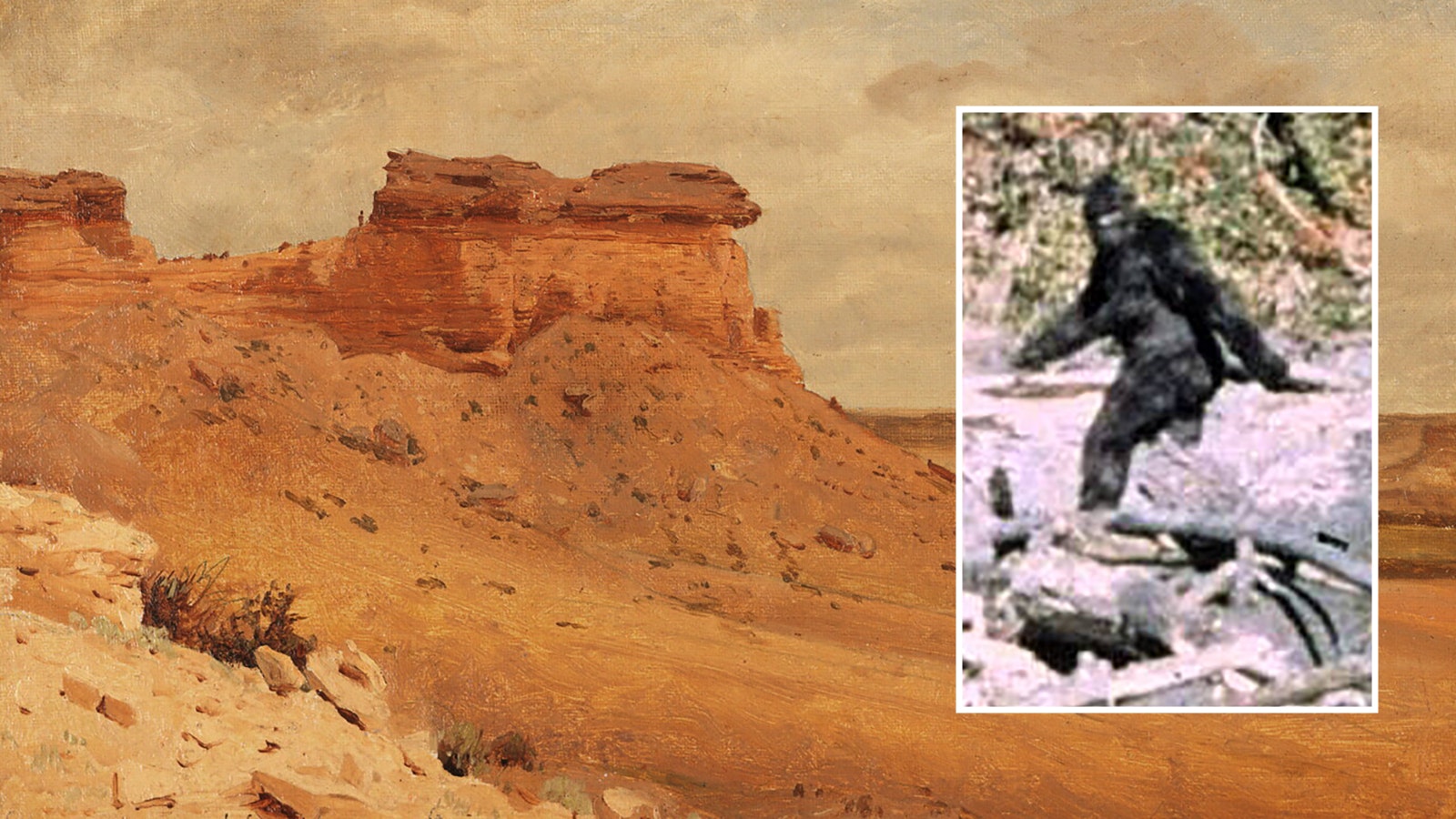The amazing auroras seen as far south as Hawaii and Mexico in May were some of the best in living memory. And there’s a good chance of another spectacular aurora display streaking the skies of Wyoming in early June.
The same group of sunspots that generated the five solar storms that converged for the auroras seen from May 10-12 is still active on the sun’s surface. They're turning toward Earth again after nearly a month on the move.
“Through the next week to 10 days, it’s going to be turning towards Earth,” said Cowboy State Daily meteorologist Don Day. “I know a lot of people are going to watch it and see if it's going to have similar results when it was here the first time.”
Timing Is Everything
There are more than 90 million miles between the sun and Earth, with the void of space beyond. In that respect, seeing a spectacular solar storm requires a perfect storm of circumstances.
Active Region 3664 is a sunspot roughly 15 times wider than Earth. It was responsible for the chronal mass ejections (CMEs) that manifested as the spectacular auroras in mid-May.
Since then, the rotation of the sun turned AR3664 away, but it’s just came into view again this week — and is just as active as it was earlier in May.
“It takes a couple of weeks for sunspots to rotate around the sun if they maintain themselves,” Day said. “The same grouping is coming around again, although it's called AR3697. It’s confusing, but they change numbers every time they go around the sun.”
Early indications suggest the massive sunspot is still active, but it’s too early to say if it's generating the same intense CMEs that dazzled Wyomingites earlier this month. Even if it does, Day said everything needs to be positioned perfectly for another dazzling display.
“It would be misleading to say the same thing is going to happen again,” he said. “Is it likely to cause more coronal mass ejections and solar flares? I think that's very likely, but we're just going to have to wait and see whether or not we have another strong storm we had.”
Two And Up
Max Gilbraith, planetarium coordinator for the University of Wyoming, said the best auroras are created by multiple CMEs converging in Earth’s atmosphere. A sunspot should actively emanate CMEs before it reaches Earth to deliver the best sky show.
“Solar flares can punch a hole in the normal stellar wind,” he said. “When it does, the CME has a better flow rate through that hole. So, what usually gives us the best aural storms is a double CME. That first CME will happen, push through the stellar medium and clear out a pathway for the next eruption, giving us the most spectacular solar storms.”
It's too early to say what kind of energy is emanating from AR3697, but Gilbraith said it already looks very active. Earthlings will have at least half a day’s notice if a particularly promising surge of CMEs is heading toward us.
“An Earth-directed CME can reach the planet in as little as 15 to 18 hours,” he said. “Slower ones will take a few days to get to us. We can track and see when we get a big eruption with satellites on the ground magnetic measurements. It could be as little as half a day… but we're on the watch right now.”
The Viewing Window
Now that AR3697 is back in view, scientists are closely monitoring its activity. The National Weather Service’s Space Weather Prediction Center anticipates minor to moderate flare activity through the end of May but hasn’t issued a forecast for early June yet.
The critical day to remember is June 6. That’s when AR3697 will fully face Earth, the same night as June’s new moon.
There’s even a slight chance an aurora could be the backdrop of June 4’s Parade of Planets, when six planets will be lined up across the night sky. It’s still too early to say for sure.
Neither Day nor Gilbraith would guarantee that Wyomingites will see anything, let alone auroras as spectacular as those seen in May. That will depend on the forecast over the next week.
“Every event is going to be different,” Day said. “I’d recommend folks, especially those who like to photograph auroras, to definitely keep an eye on things and stay informed with the solar observatory websites over the next few weeks.”
Gilbraith recommended the NWS’s Space Weather Center as an excellent resource for aurora forecasts. The agency issued a Geomagnetic Storm Watch on May 10, alerting everyone of a potentially spectacular aurora several hours before nightfall.
“We’ve been tracking sunspots since Galileo,” he said. “We’re reaching solar maximum, so these solar flares could drop often and continuously. This solar cycle could last another year, so let’s hope for some good auroras next week.”
Andrew Rossi can be reached at arossi@cowboystatedaily.com.










